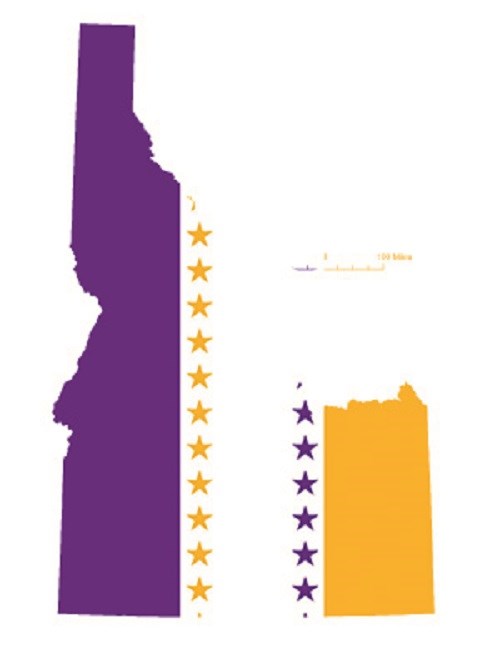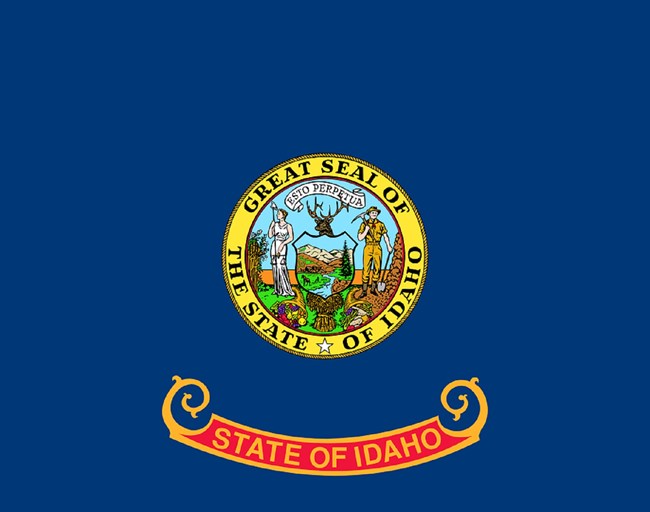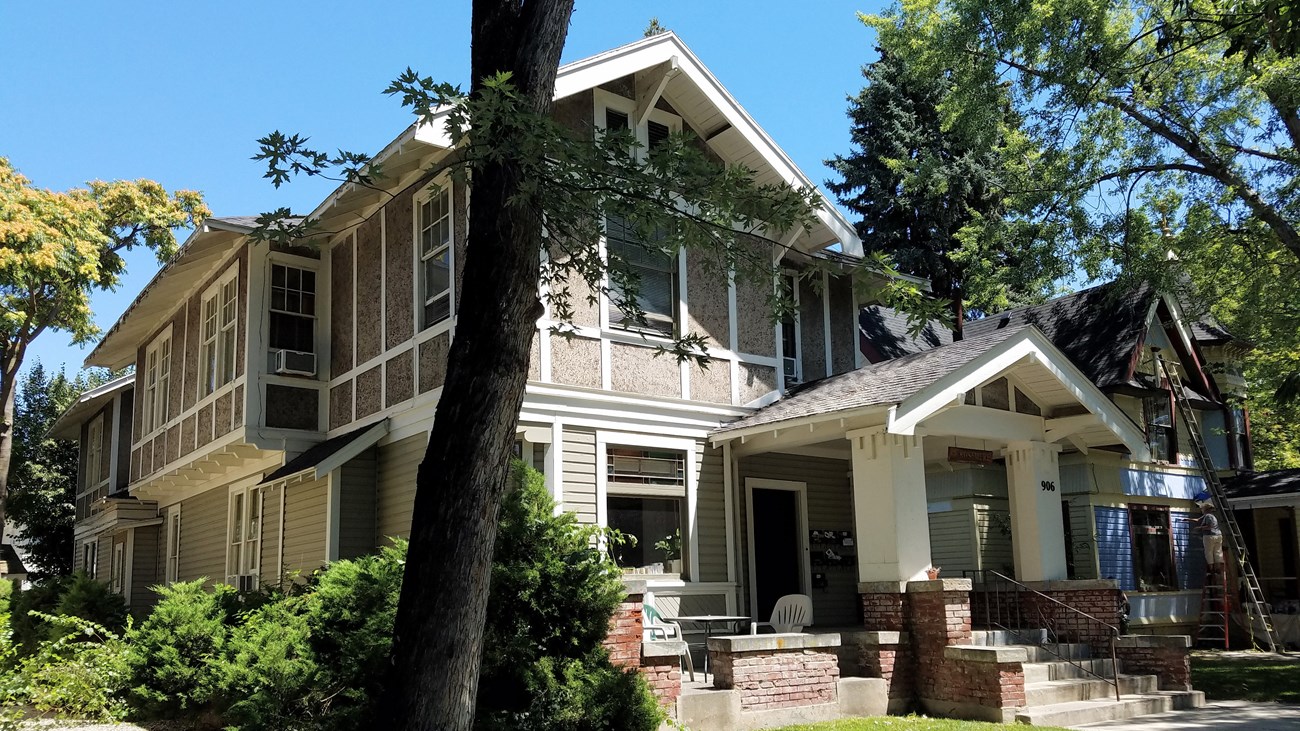Last updated: April 6, 2020
Article
Idaho and the 19th Amendment

Women first organized and collectively fought for suffrage at the national level in July of 1848. Suffragists such as Elizabeth Cady Stanton and Lucretia Mott convened a meeting of over 300 people in Seneca Falls, New York. In the following decades, women marched, protested, lobbied, and even went to jail. By the 1870s, women pressured Congress to vote on an amendment that would recognize their suffrage rights. This amendment was sometimes known as the Susan B. Anthony amendment and became the 19th Amendment.
The amendment reads:
"The right of citizens of the United States to vote shall not be denied or abridged by the United States or by any state on account of sex."
After decades of arguments for and against women's suffrage, Congress finally passed the 19th Amendment in June1919. After Congress approved the 19th Amendment, at least 36 states needed to vote in favor of it for it to become law. This process is called ratification.
On February 11, 1920, Idaho ratified the 19th Amendment. By August of 1920, 36 states (including Idaho) ratified the amendment, ensuring that all across the country, the right to vote could not be denied based on sex.

Idaho Places of Women’s Suffrage: Minnie Priest Dunton House
Minnie Priest Dunton recognized the importance of gender equality. She was involved in the women’s suffrage movement and also served as a librarian at the Idaho State Law Library. Her house is listed on the National Register of Historic Places and is a private residence.

The Minnie Priest Dutton House is an important place in the story of ratification. It listed on the National Register of Historic Places.
Sources used to make this state page include: Ida Husted Harper's History of Woman Suffrage: 1900-1920, Volume 6 (1922); Doris Weatherford's Women in American Politics: History and Milestones, vol1, Los Angeles: Sage Publications, Inc., 2012, 25; the National American Woman Suffrage Association papers (Library of Congress), and the Dunton House National Register nomination from the National Park Service (https://npgallery.nps.gov/GetAsset/2f0a63ee-694e-4470-8121-0391b318e9f4/).
